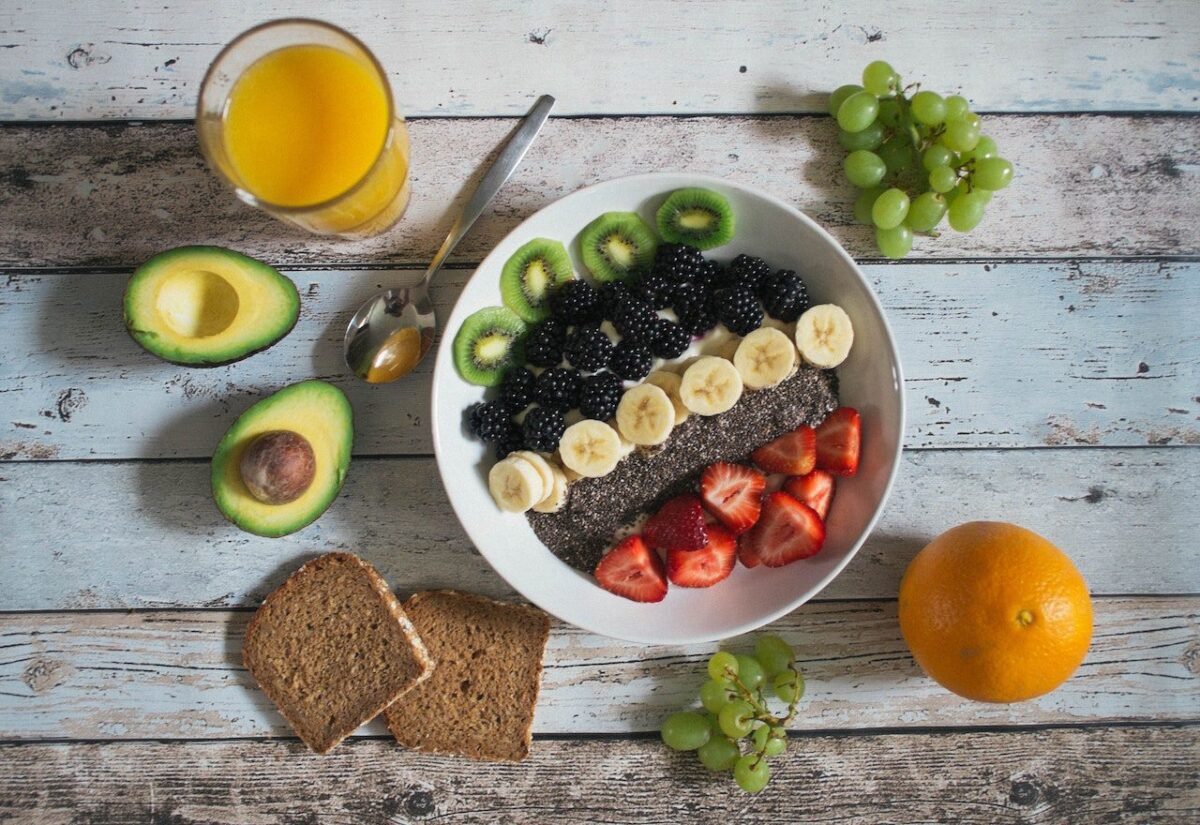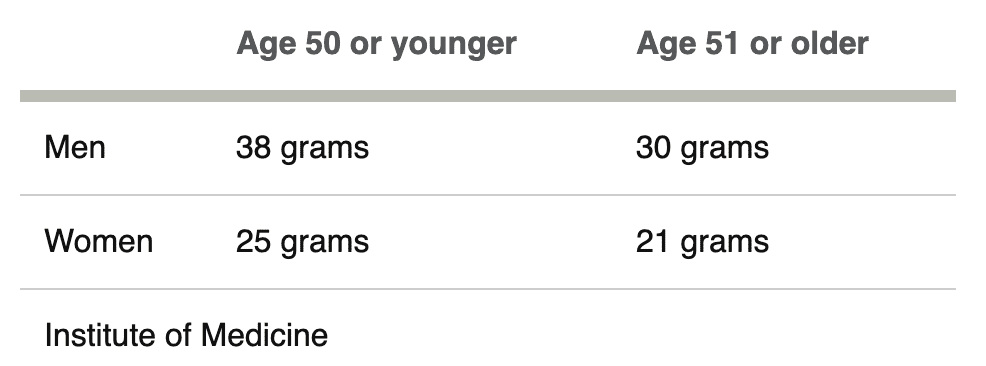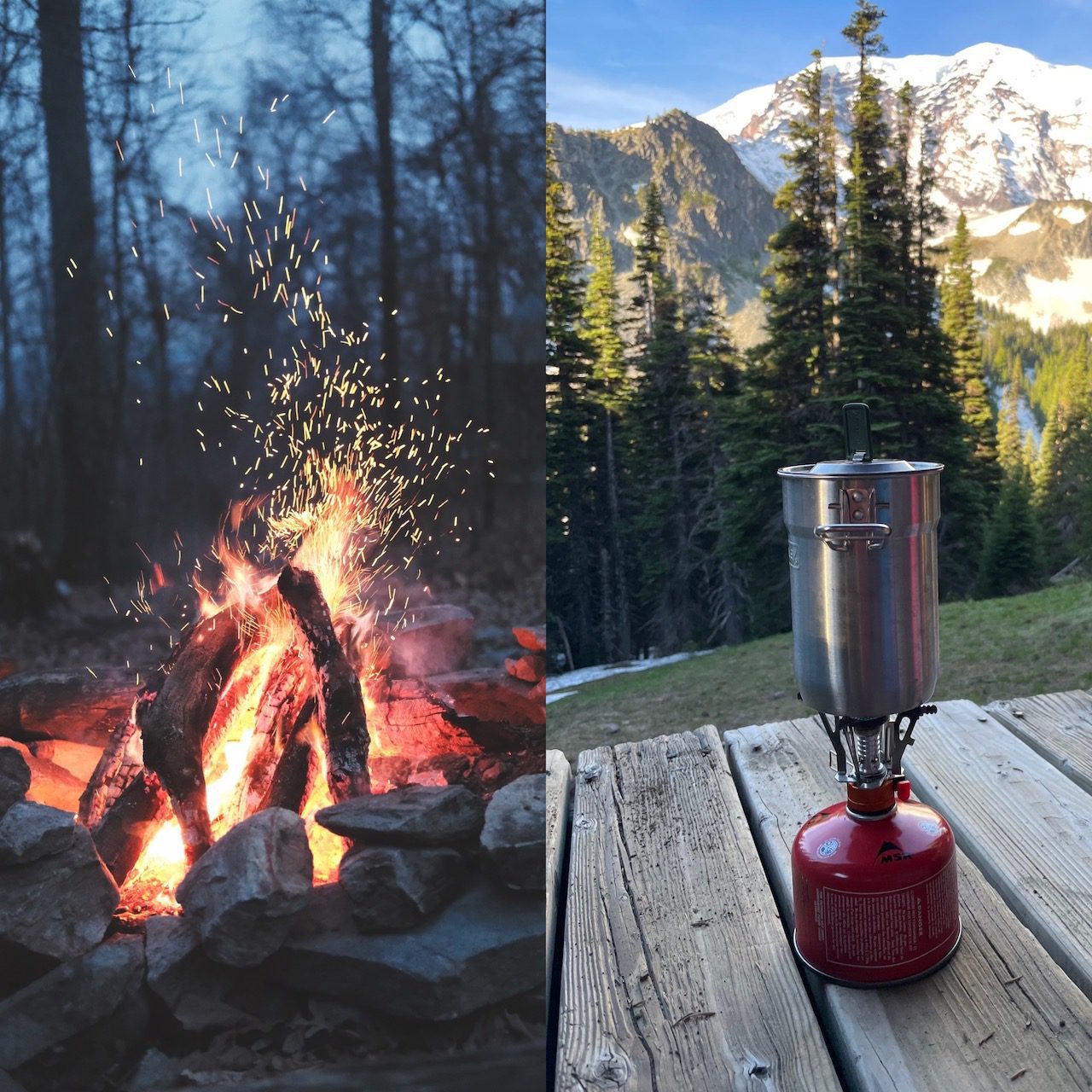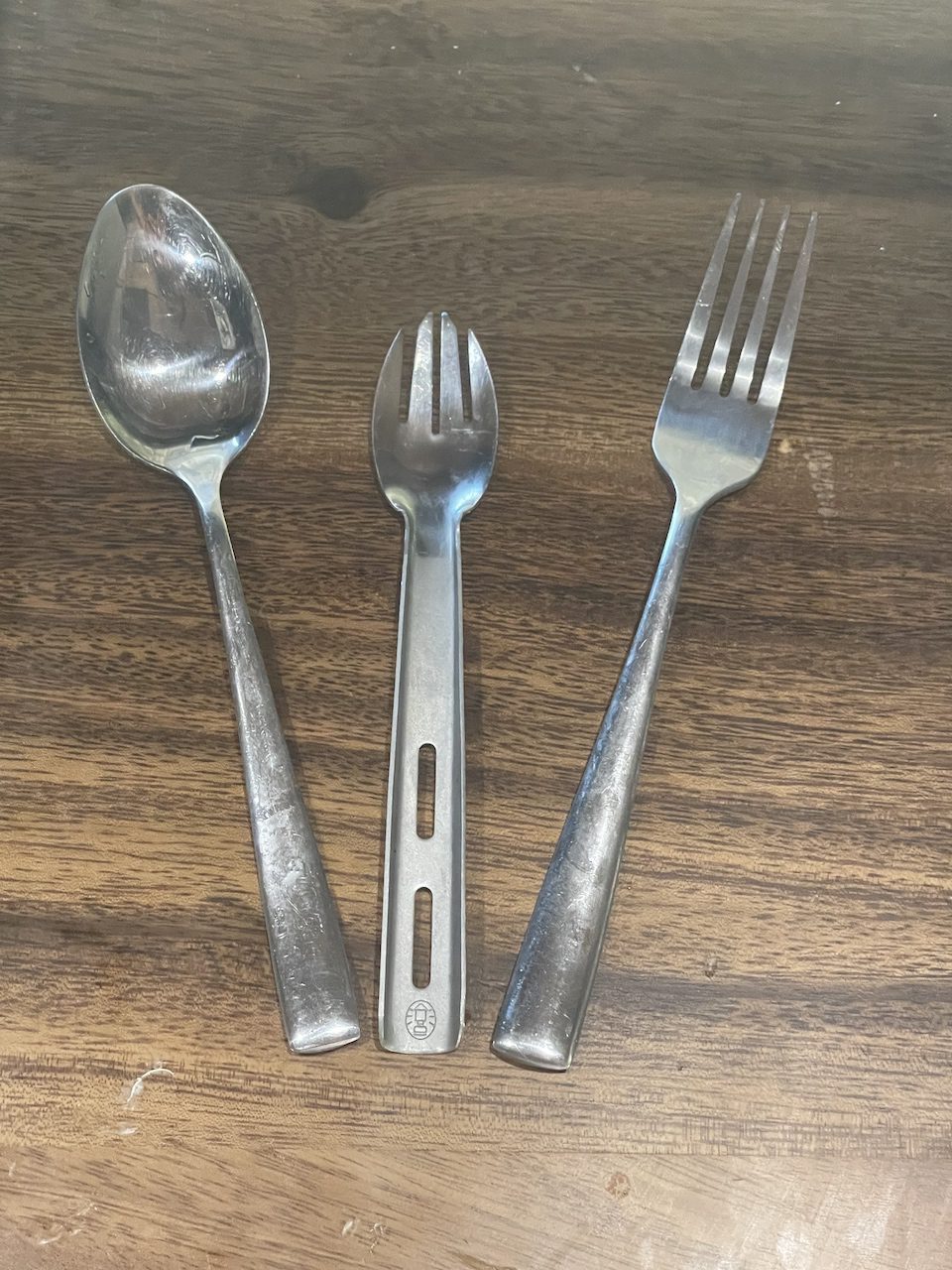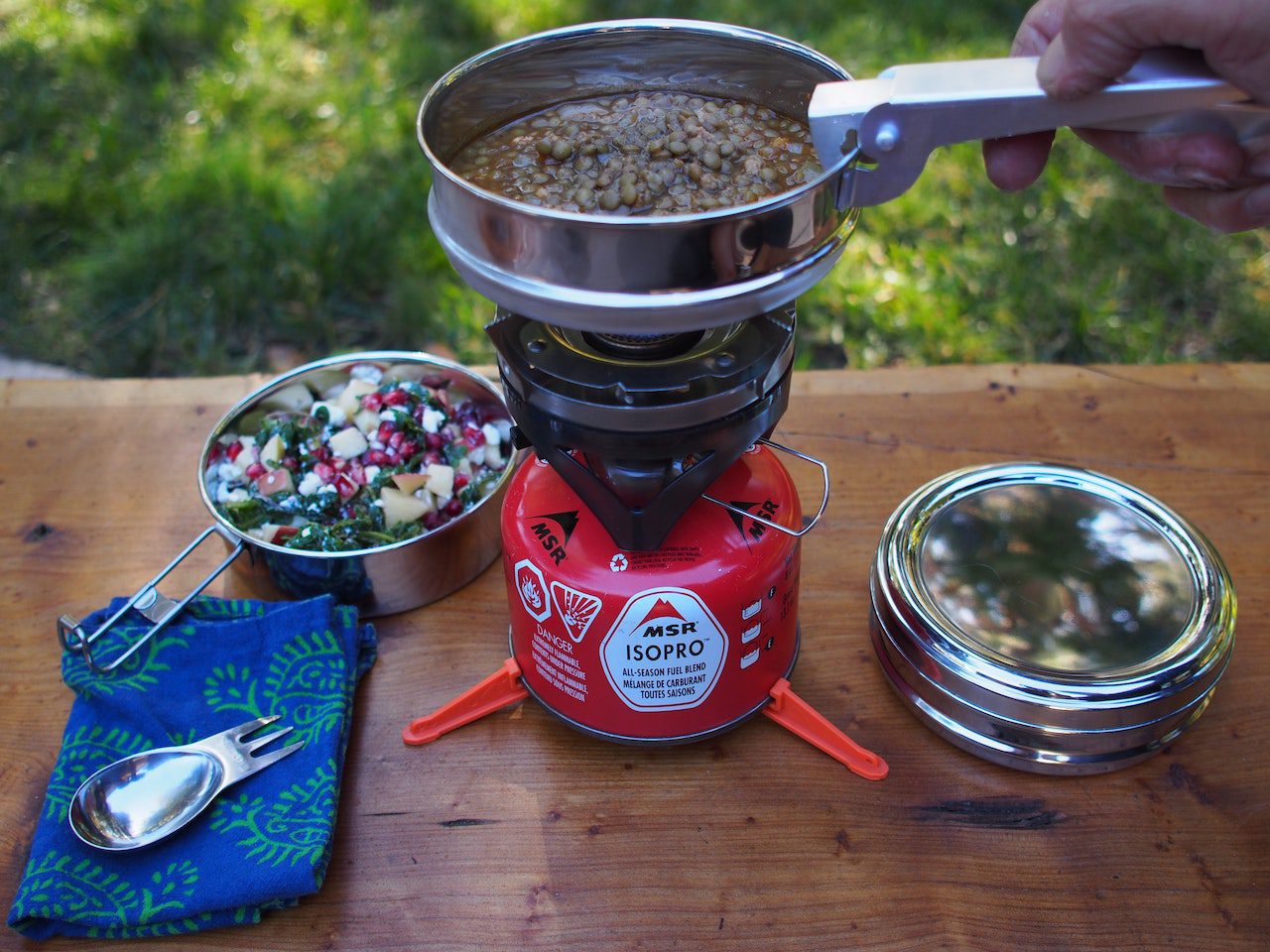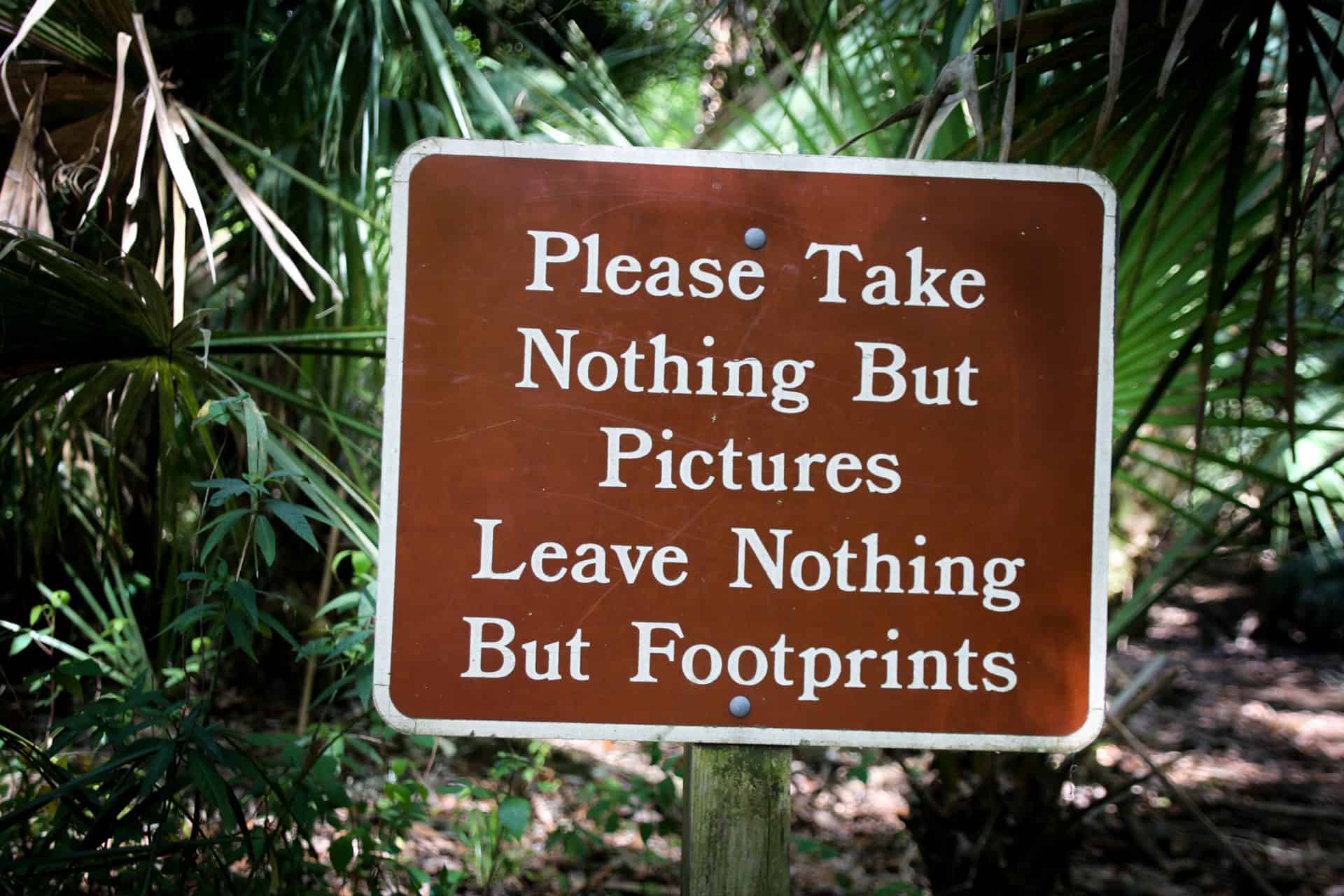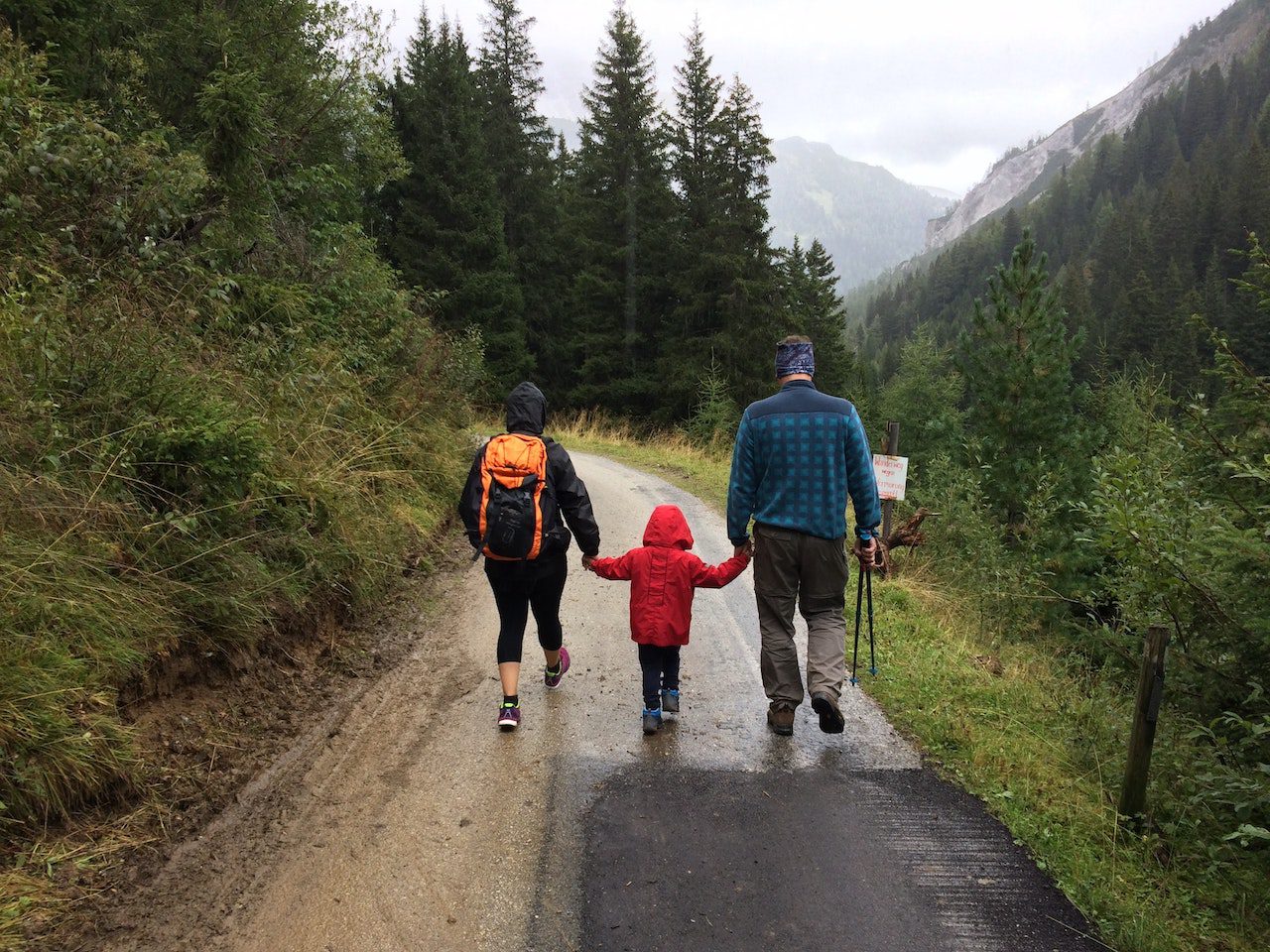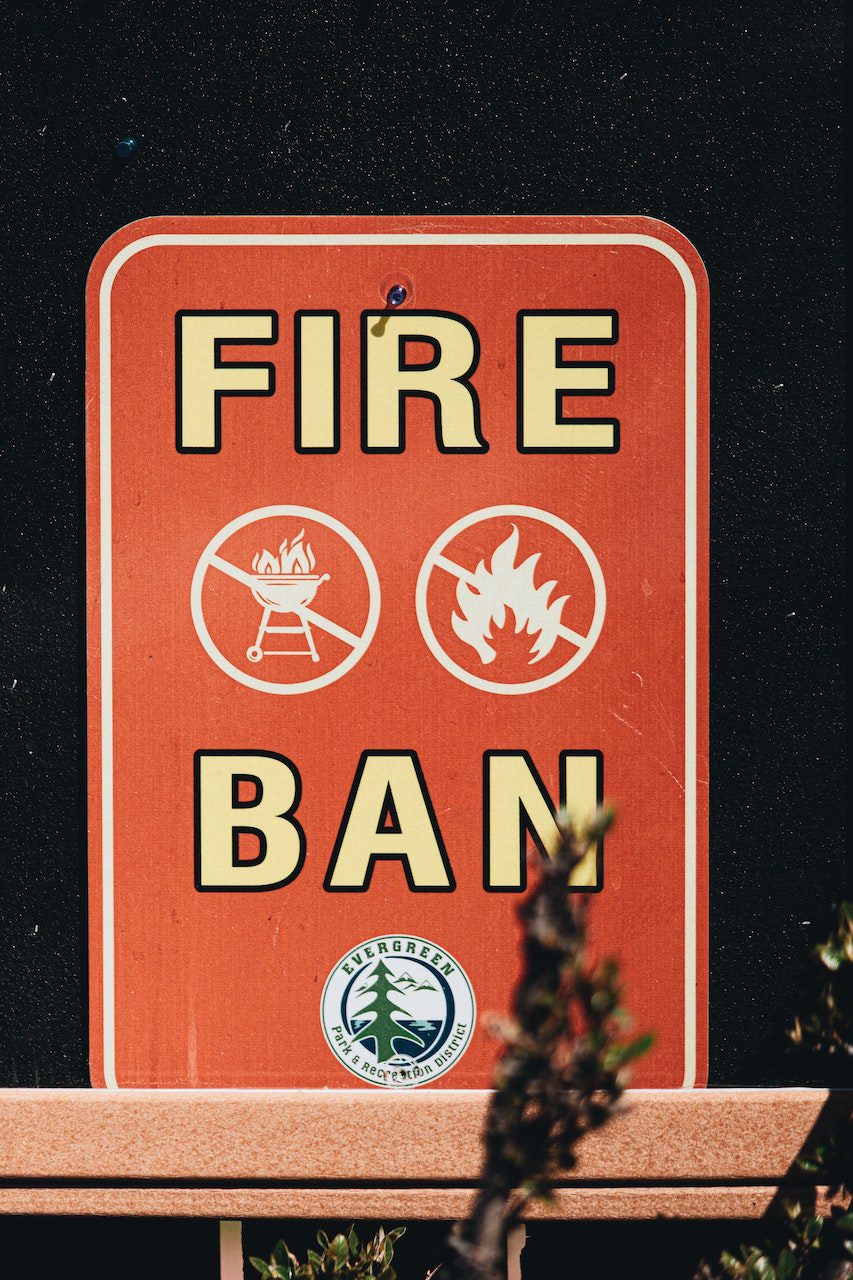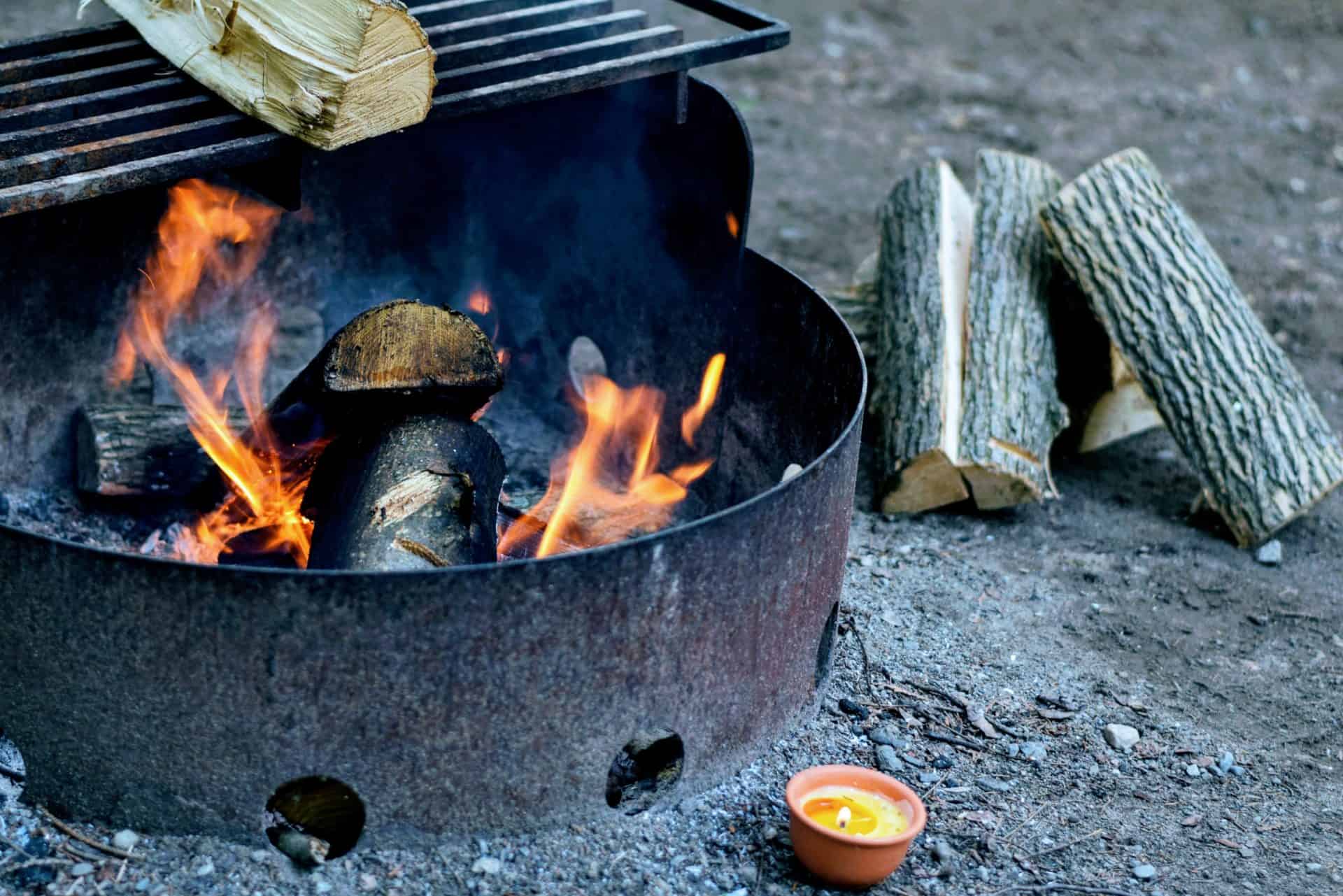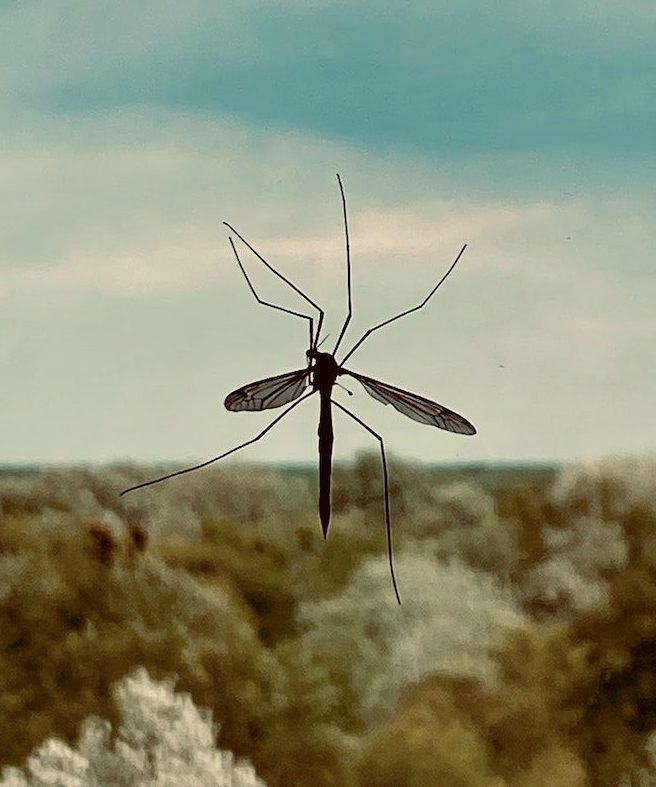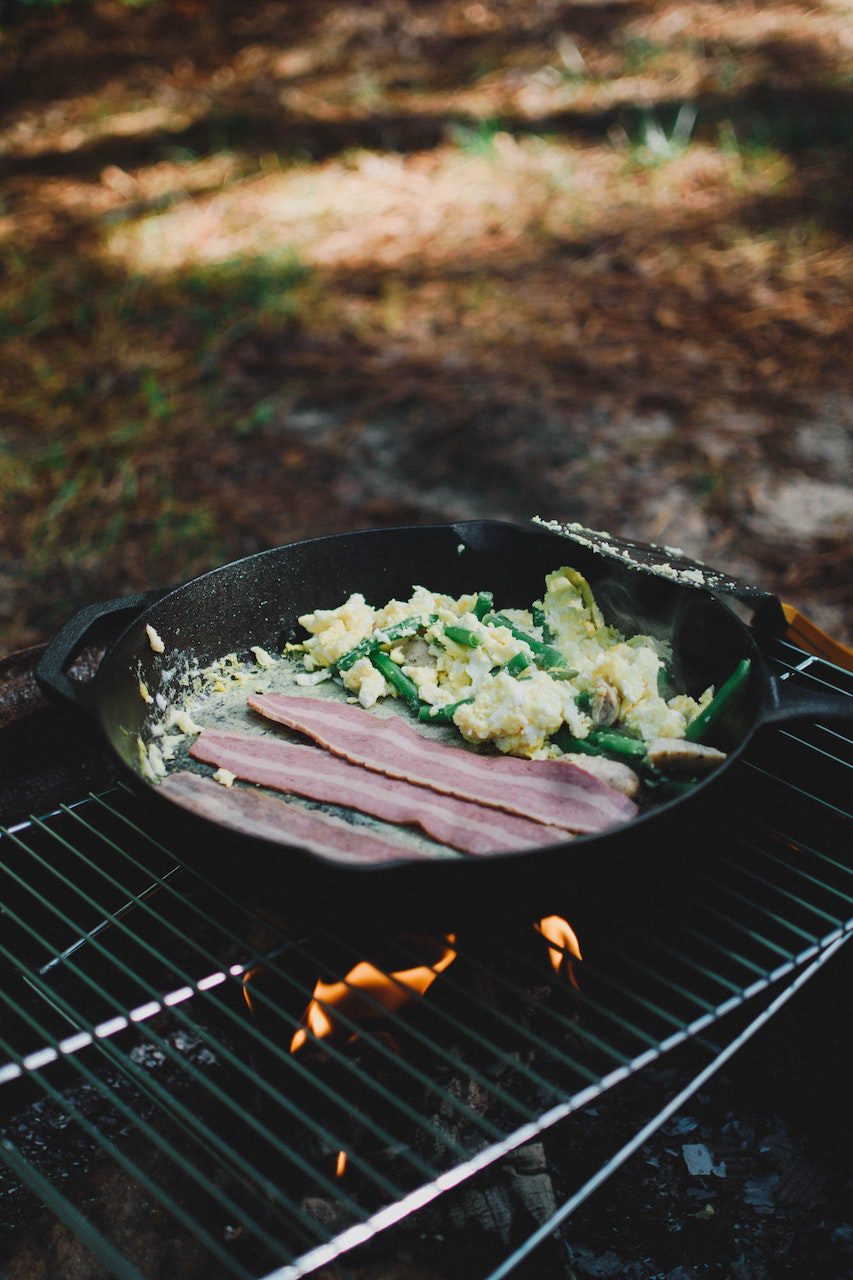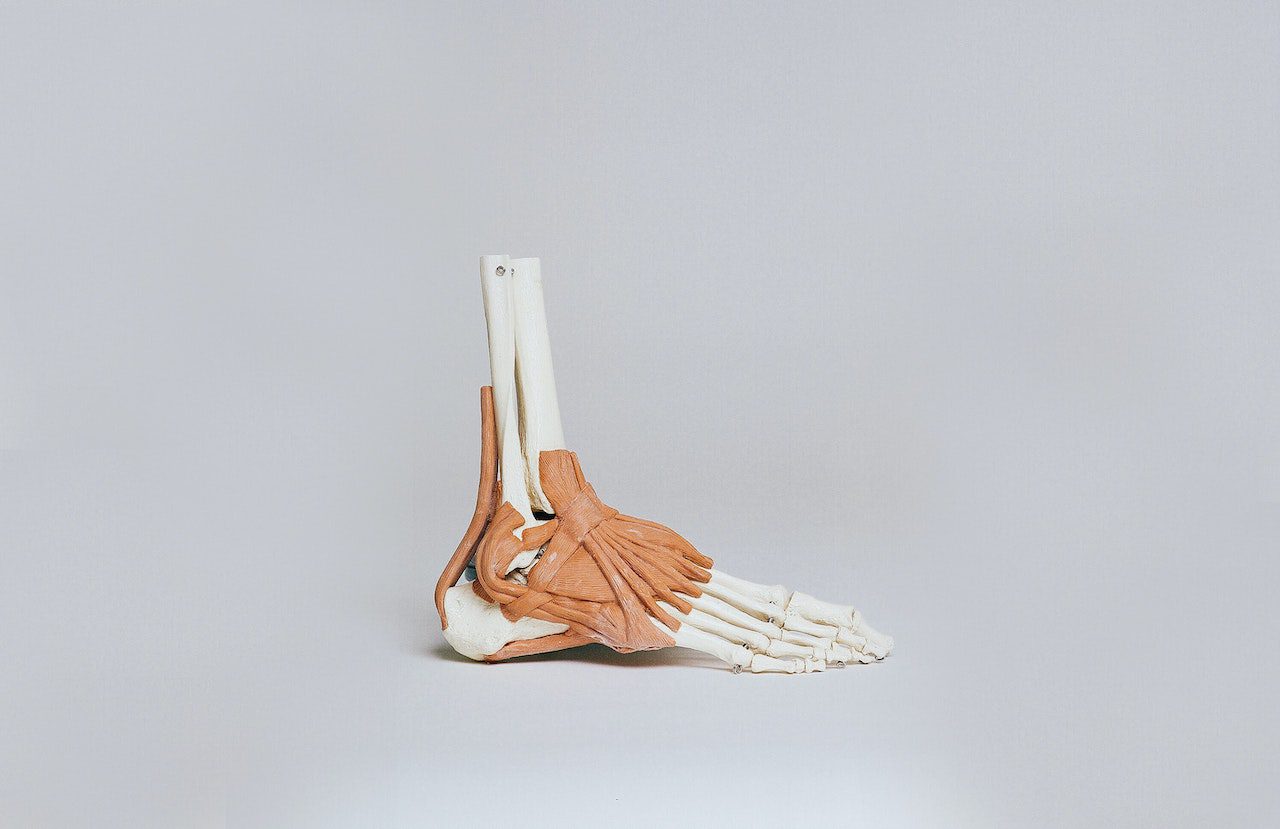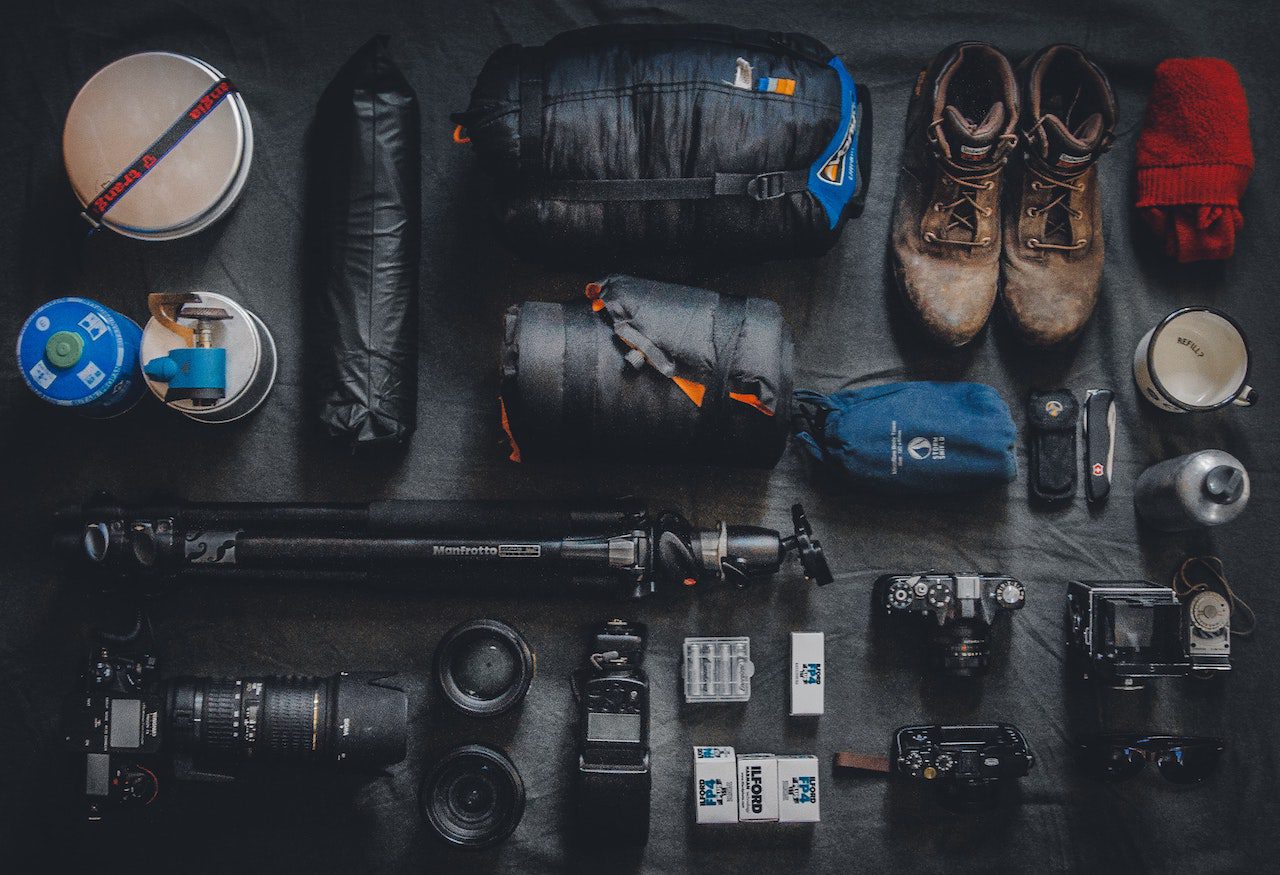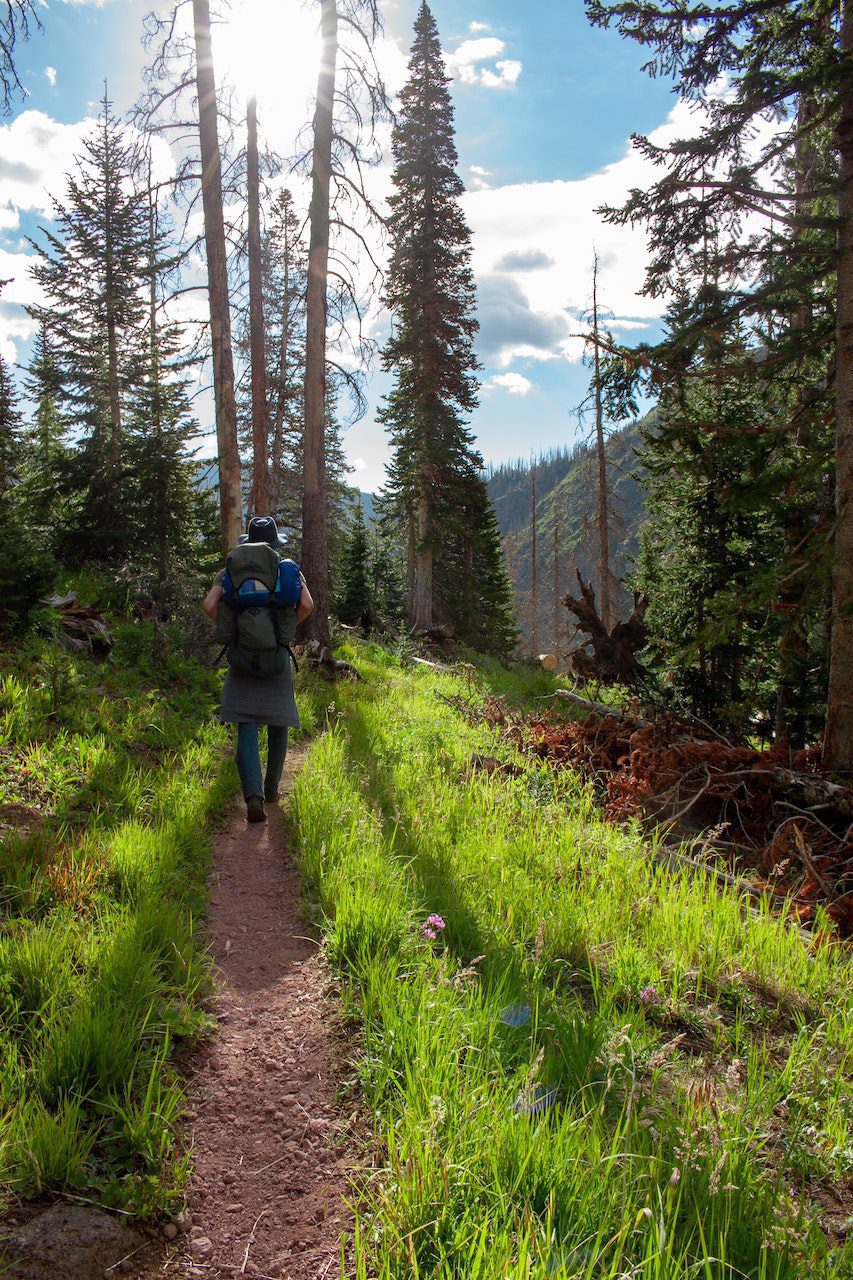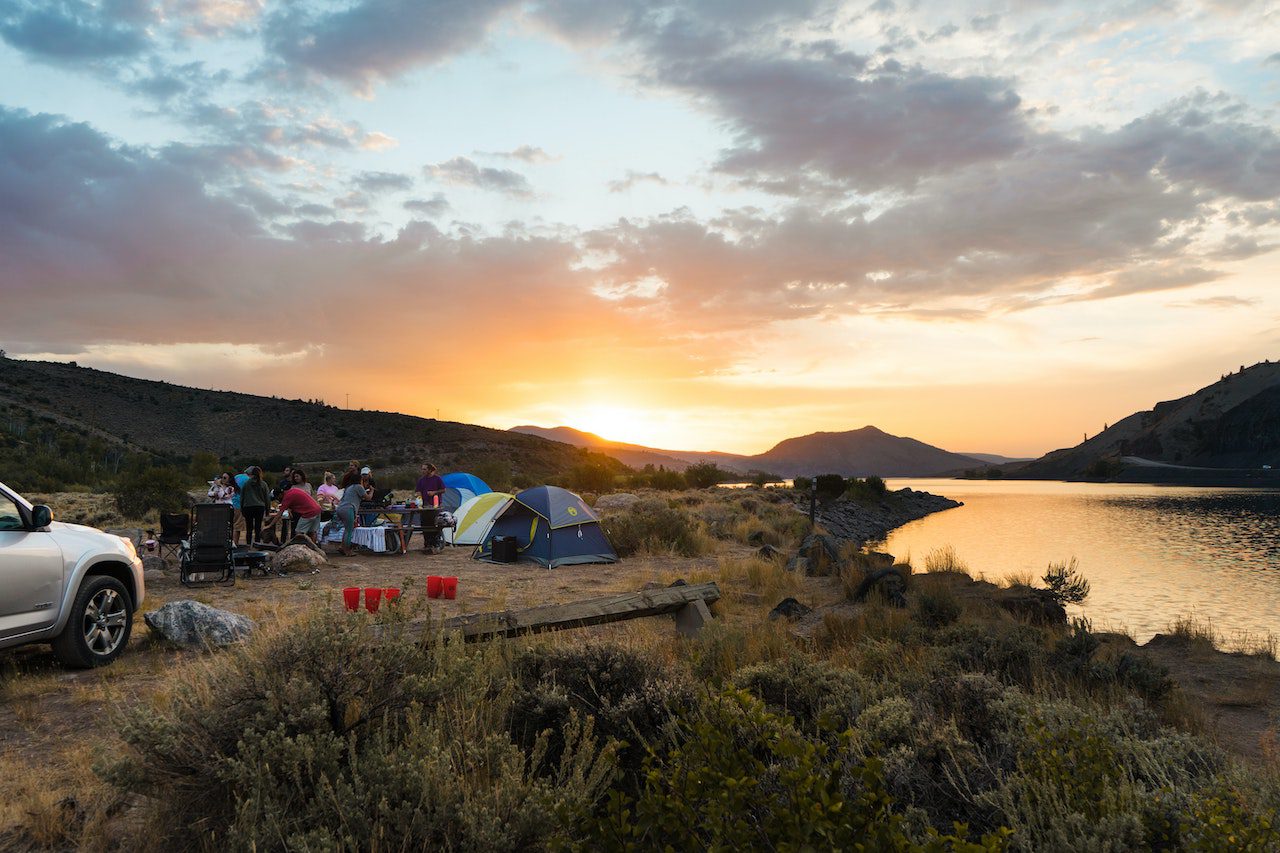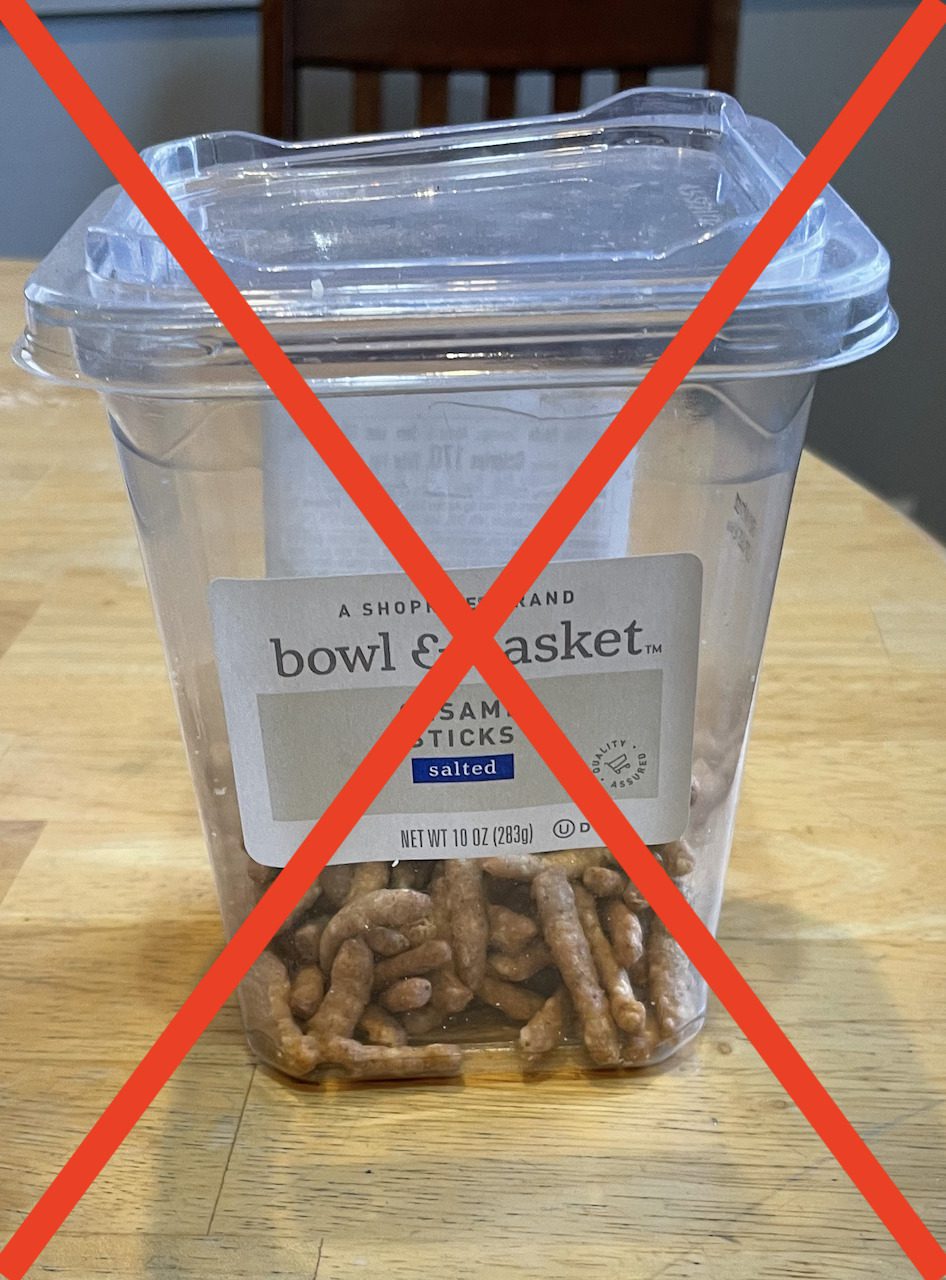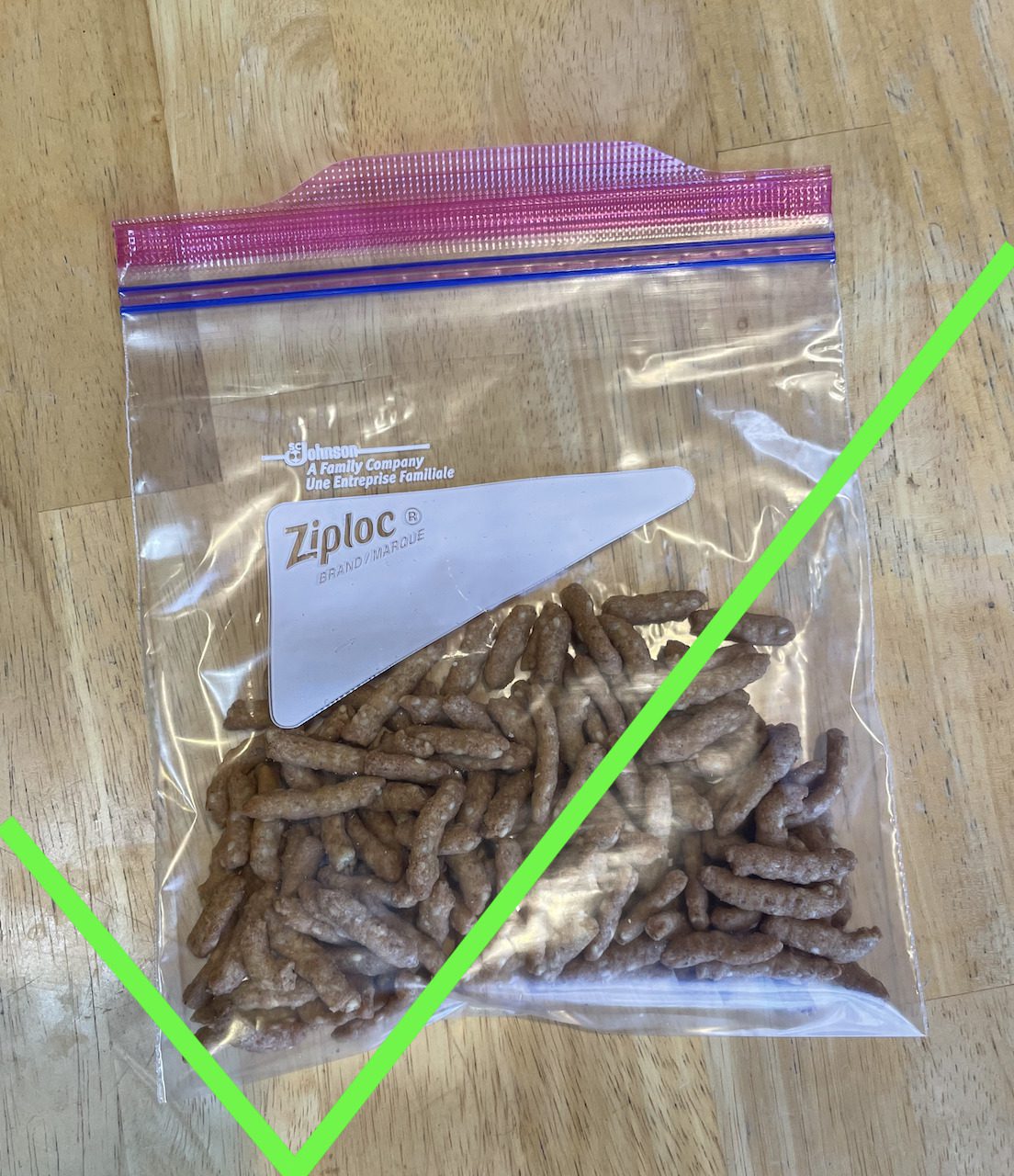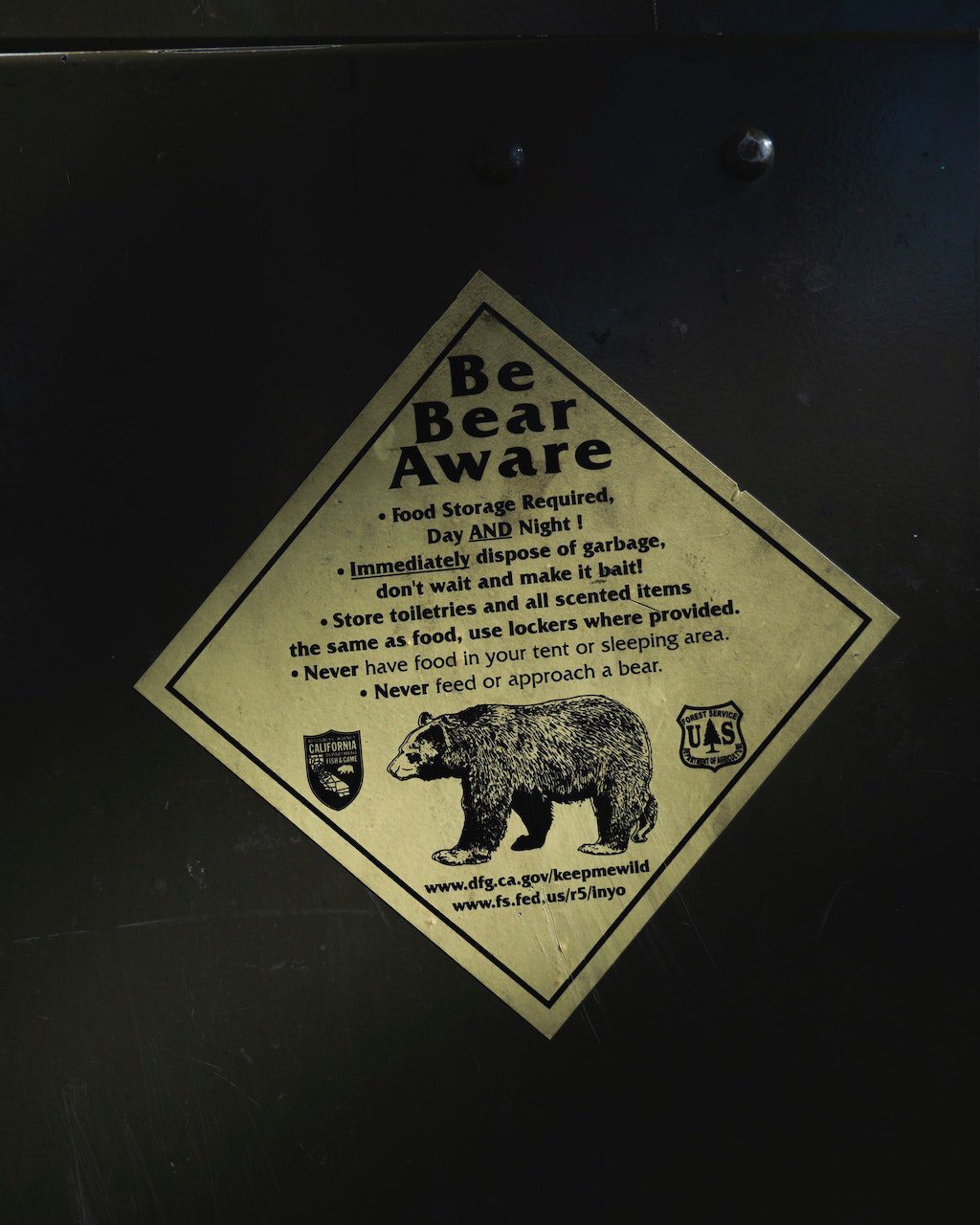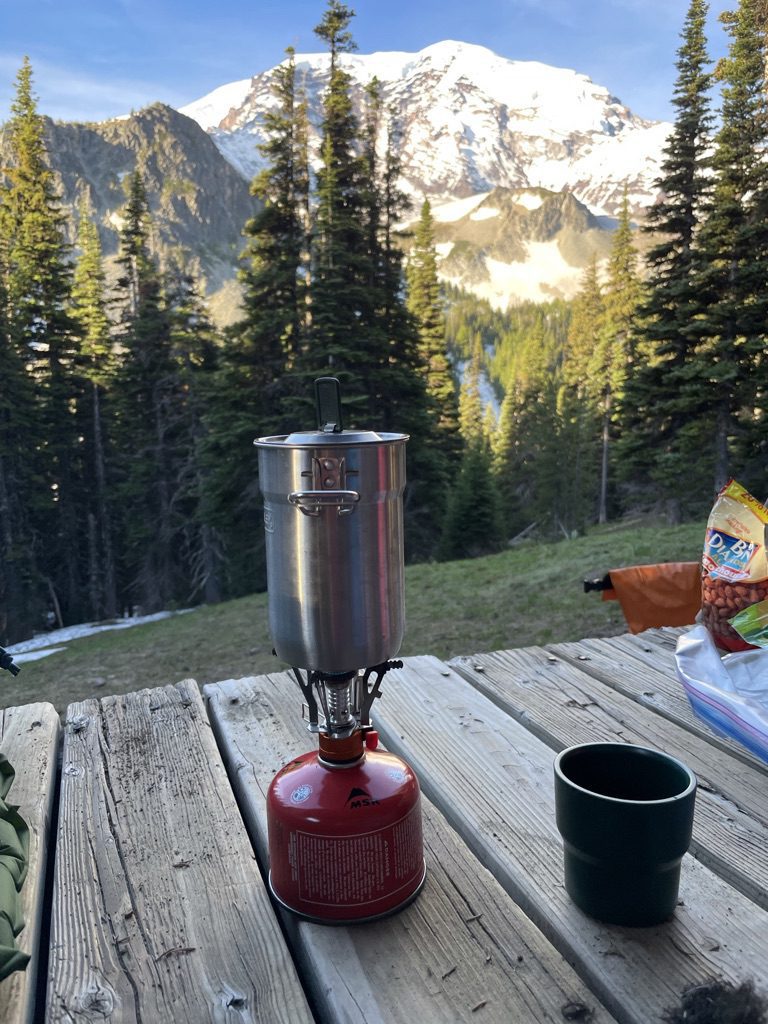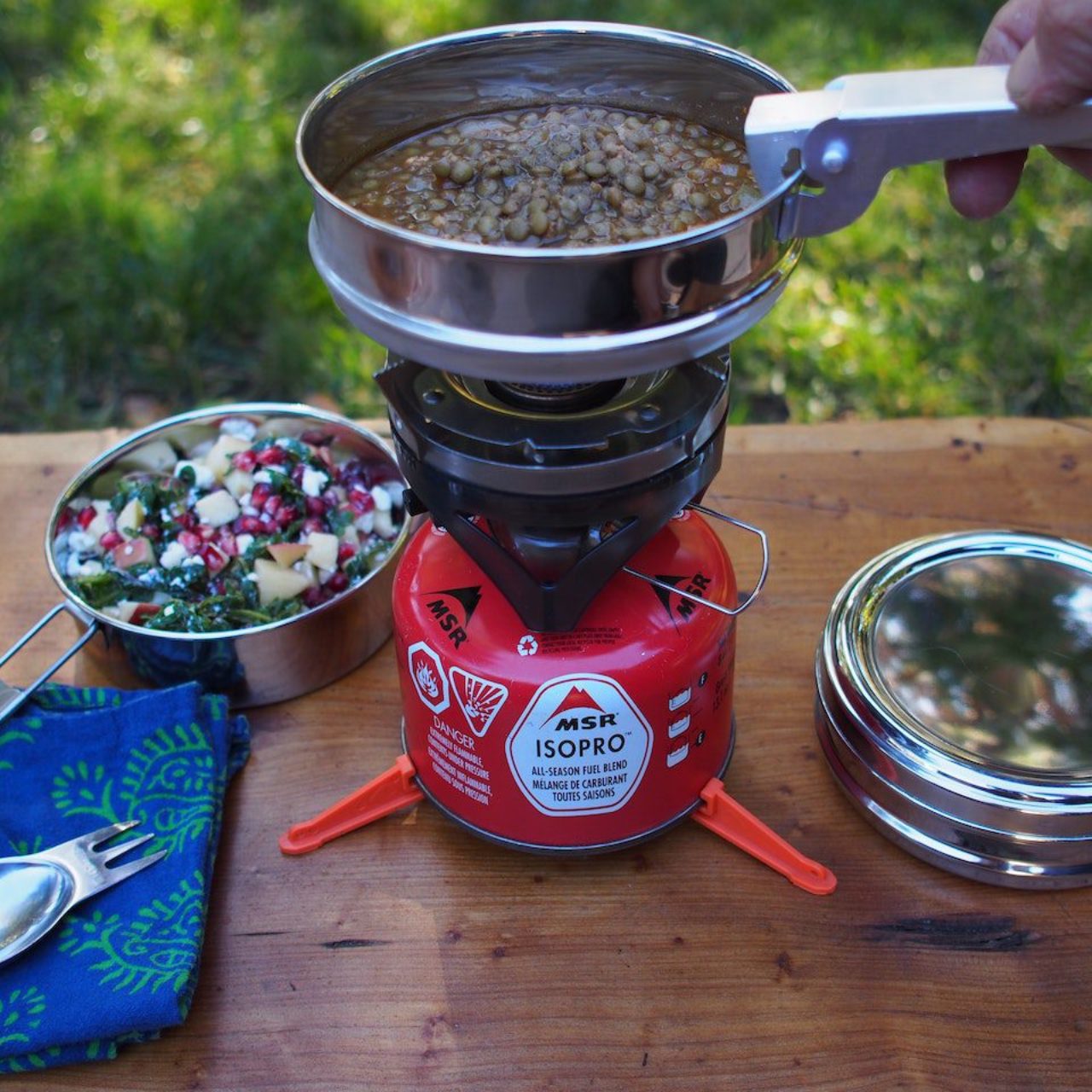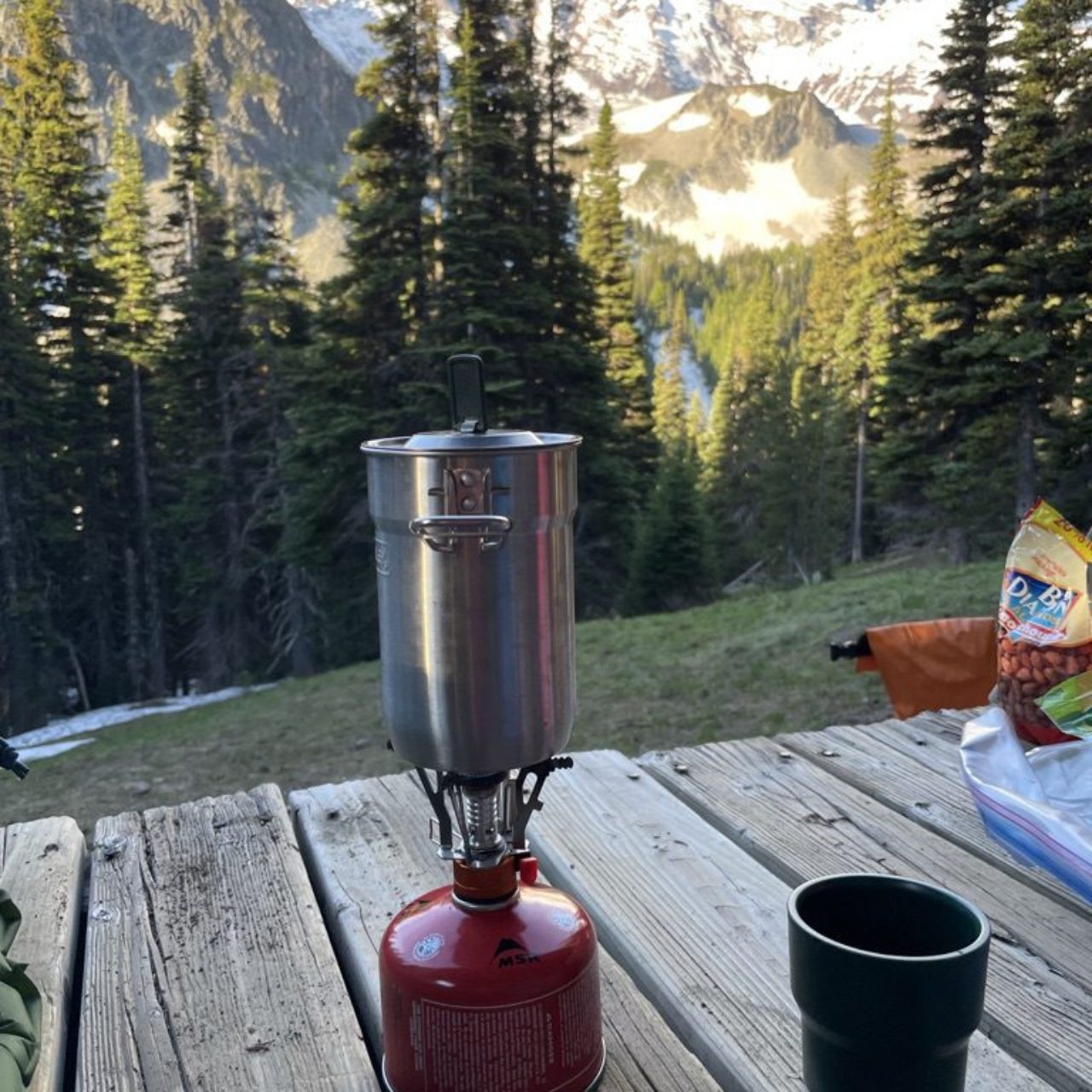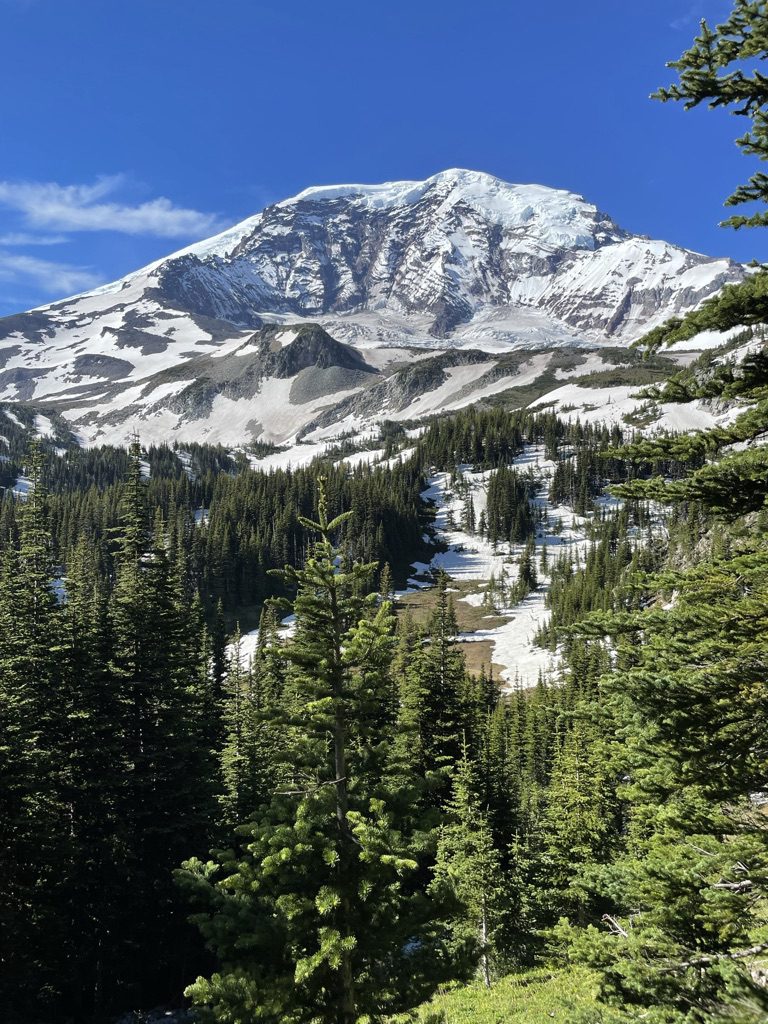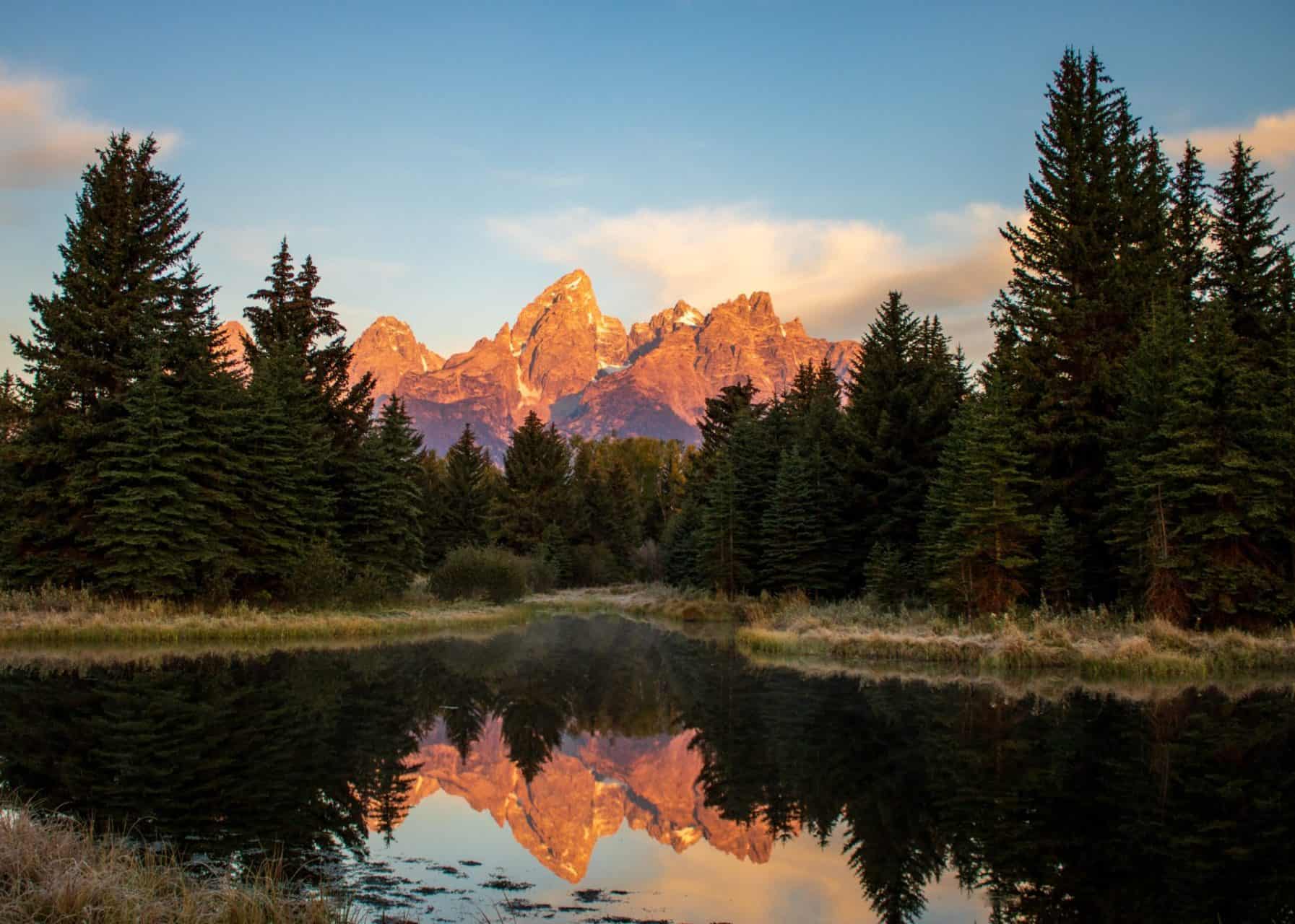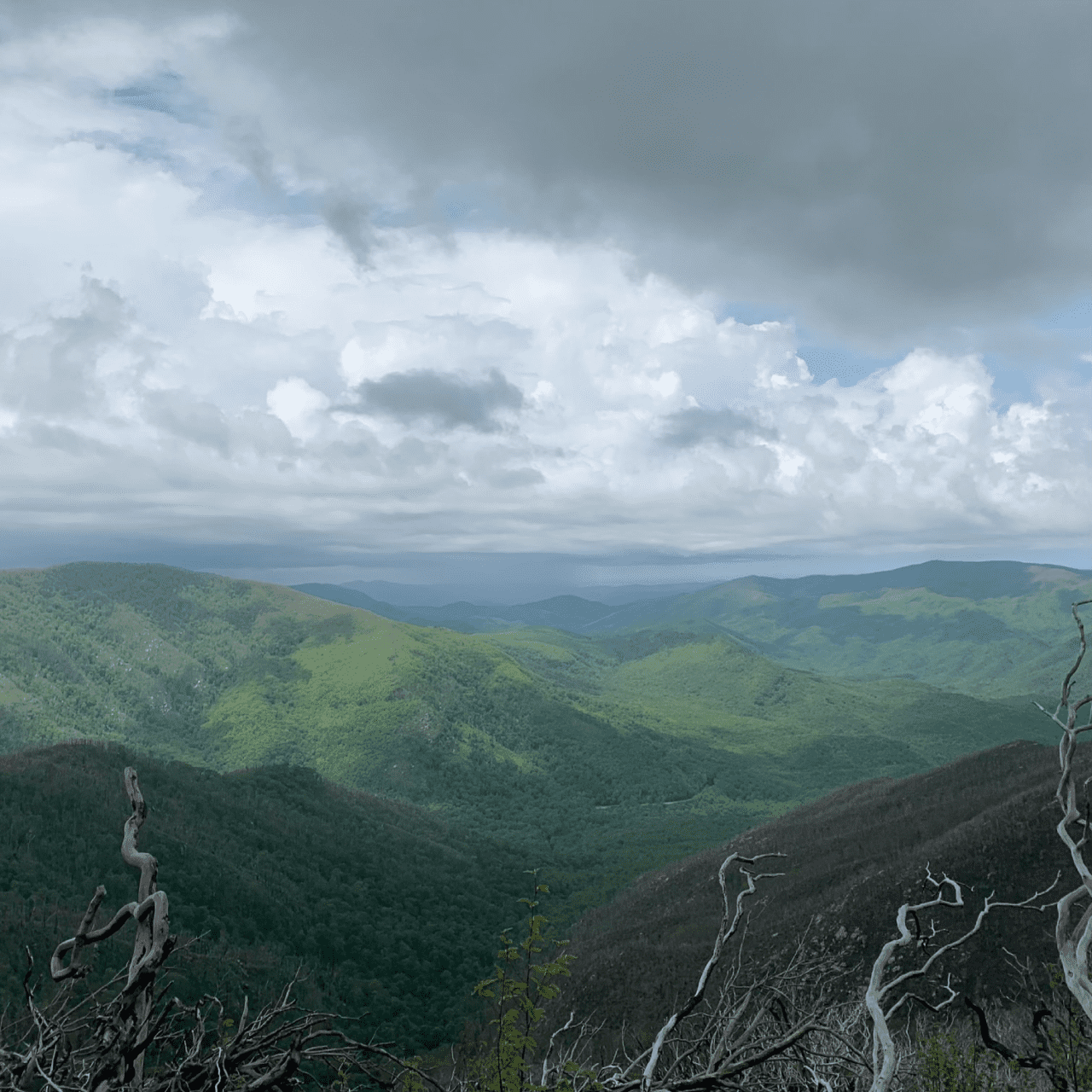5 Ways On How To Get Fiber When Backpacking:
Besides having the proper gear, a good diet is crucial for staying comfortable and safe during a backpacking trip. On my first backpacking trip to Grand Teton National Park, I did a poor job preparing for both of these facets. My diet had such little fiber during this trip that I didn’t poop once during this four-day, three-night journey. Quite uncomfortable. I would not recommend it.
Fortunately, I have learned how to up my diet game since then, and I will break down how to get fiber when backpacking to keep you going when you are on the trail!
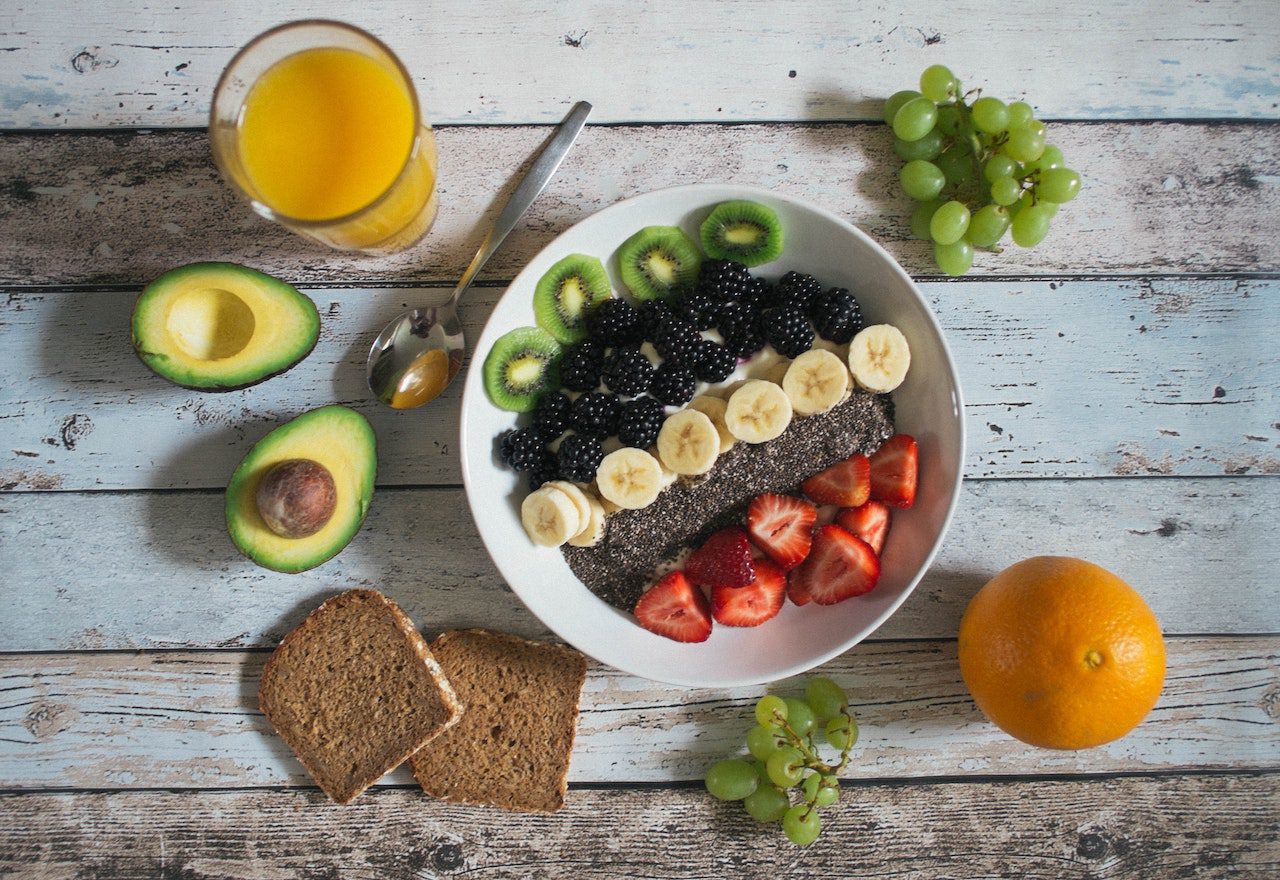
Why Is Fiber Important?
Having adequate fiber in your diet is essential for maintaining several bodily functions, including normalizing bowel movements, maintaining bowel health, and controlling cholesterol levels. You can learn more about the benefits of a high-fiber diet at mayoclinic.org.
How Much Fiber Do You Need?
According to the Insitute of Medicine the recommended daily fiber intake varies based on gender and age. Below are the recommended values for daily fiber intake:
High Fiber Foods:
As I said, getting enough fiber is crucial, especially on a backpacking trip below are five great high-fiber food groups:
- Fruits
- Nuts
- Whole Grains
- Vegetables
- Legumes
Fruits:
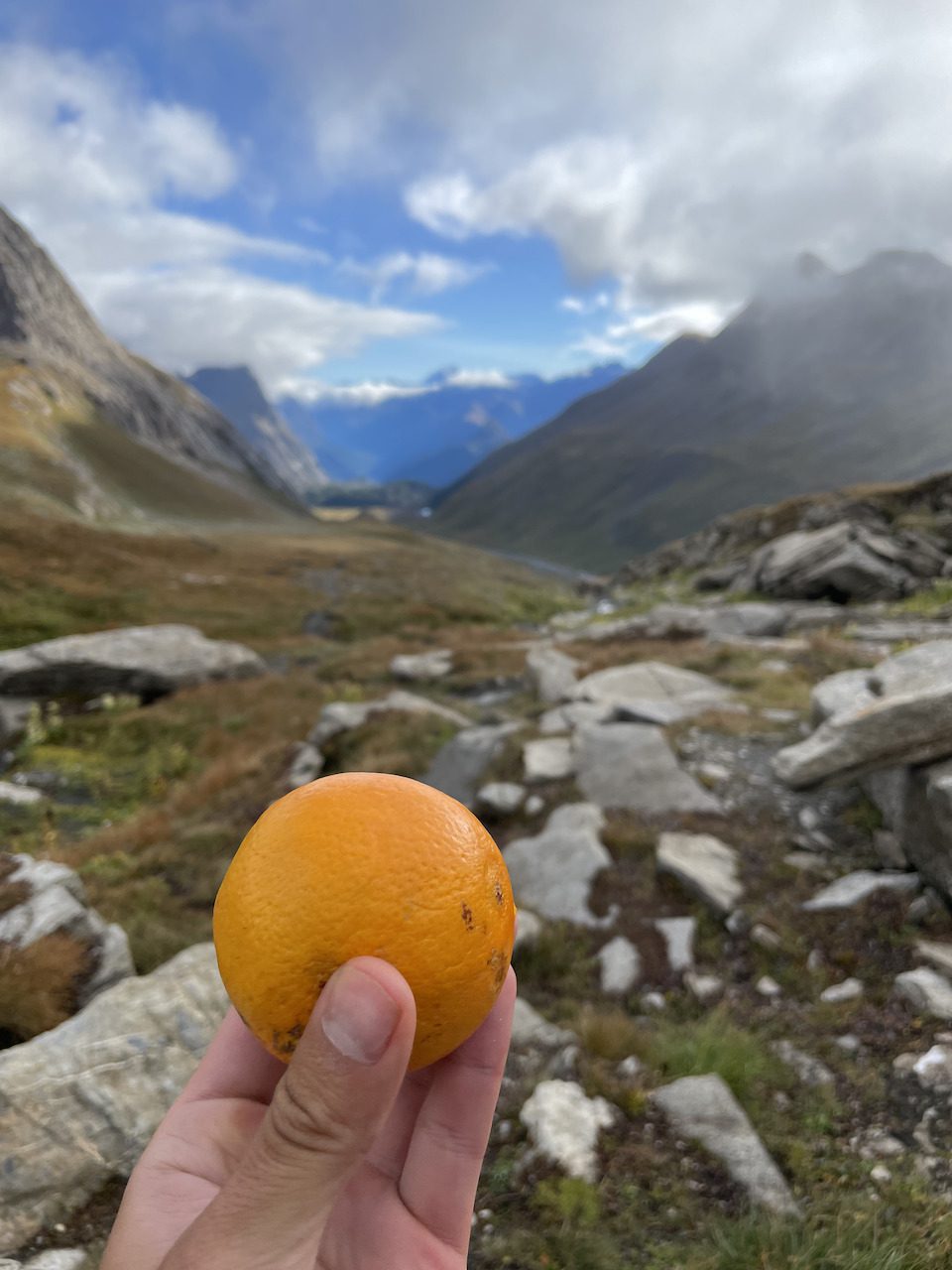
Fruits especially dried fruits, are an excellent source of fiber and nutrients, especially when backpacking. I love that dried fruits are very easy to pack and have an extremely long shelf life, so you don’t need to worry about your snacks going bad on a long backpacking trip. Not only that, but they are delicious, and you can have them with various types of fruit. My personal favorite has to be Trader Joe’s “Just Mangos.”
Nuts:
Nuts are one of the best backpacking snacks; jam-packed with electrolytes and fiber, nuts are a very nutritious and versatile food. What makes nuts so versatile is the variety of ways they can be eaten, from granola bars to trail mix to raw there is something for everyone unless you are allergic … then no nuts for you!
Whole Grains:
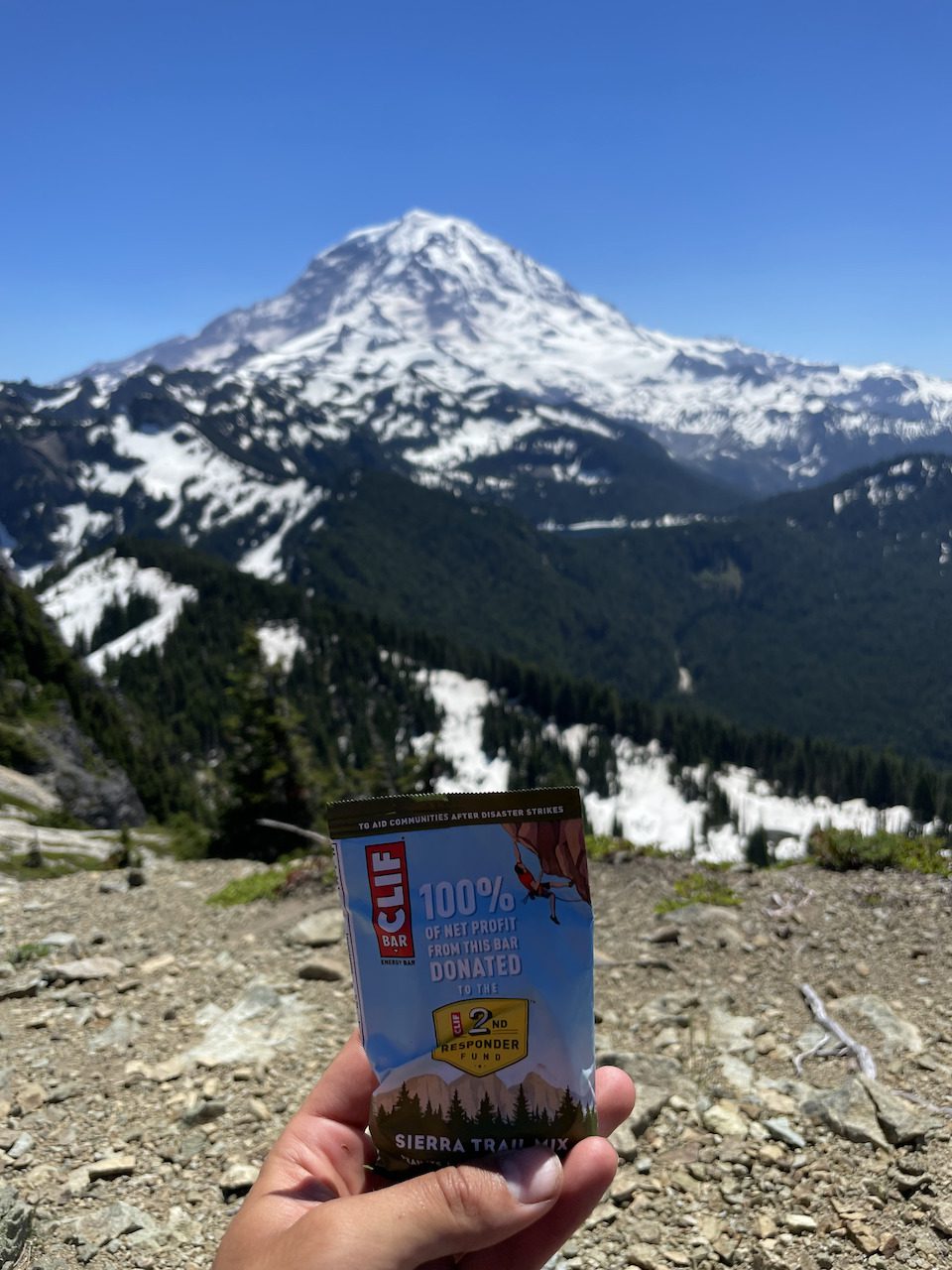
Whole grains are another great way to get your fiber in while backpacking. The Mayo Clinic defines whole grains as grains “in their whole form or ground into flour while retaining all parts of the seed.” Here are some great ideas to fit whole grains into your high-fiber backpacking diet:
- Brown rice
- Granola bars
- Whole wheat pasta
- Whole wheat bread
- Oatmeal
Vegetables:
Alright, we all have been told at one point or another that we need to eat our veggies, and high fiber is another reason veggies are a must, especially on the trail. The only annoying thing about vegetables is that they can spoil if not properly stored. This short shelf life can be challenging to bring them on backpacking trips, but some that work well when on the trail include:
- Carrots
- Dried veggies
- Veggie snacks!
Legumes:
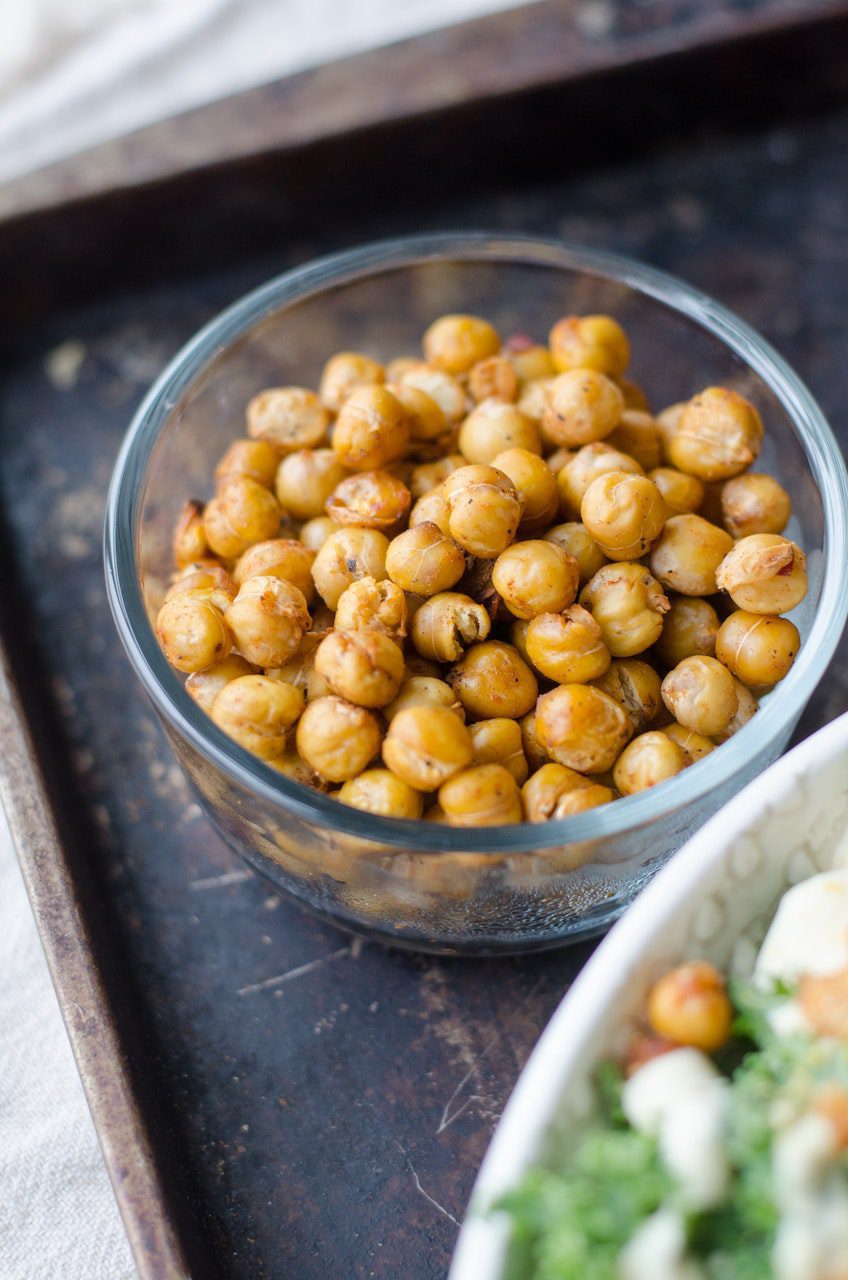
Okay, okay, yes, legumes are technically a vegetable, but I felt as though these little guys deserved their own section! A section of the vegetable family legumes are the seeds of plants consumed at an earlier stage of life. Some examples of these foods include:
- Black beans
- Peas
- Lentils
- Chickpeas
While you can eat a can of beans for dinner when backpacking, other great ways to sneak this fiber-filled food into your trail diet is by enjoying them in snack form, such as Harvest Snaps! These guys are seasoned, taste delicious, and contain about five grams of fiber per serving!
Don't Forget To Properly Store Your Food When Backpacking!
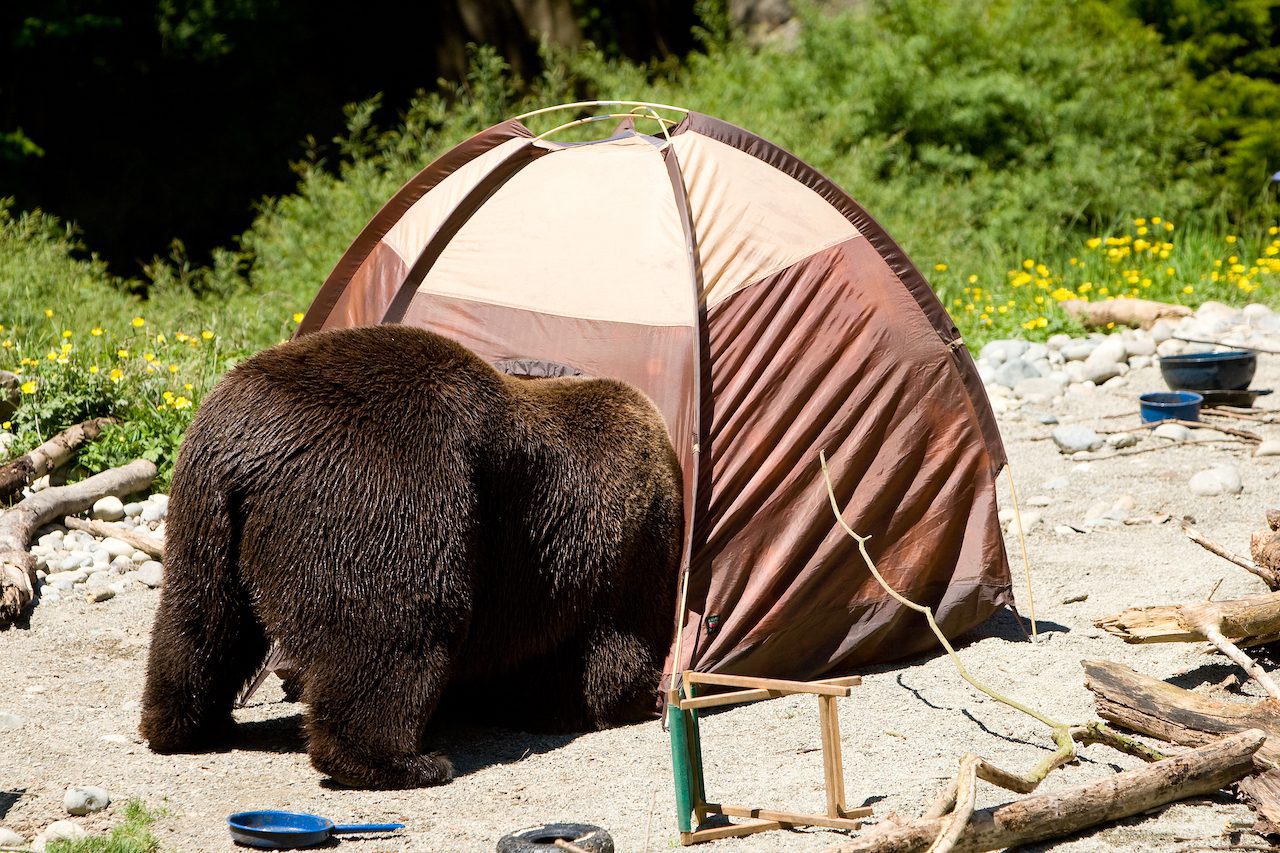
Make sure that you are following leave no trace principles, properly storing your food, and packing out your trash when on the trail. Check out our “how to store food while backpacking” post to learn more!
That's All!
That’s all for this post remember having a proper diet plan is essential for any foray into the backcountry. If you want to learn about salty snacks to help keep you fueled during a long expedition check out our article “9 Best Salty Hiking Snacks.”
Disclosure: Some links on this page are affiliate links, and if you go through them to make a purchase or a booking, I may earn a commission. Using these links DO NOT affect the cost of the product/booking. The price remains the same affiliate link or not.

